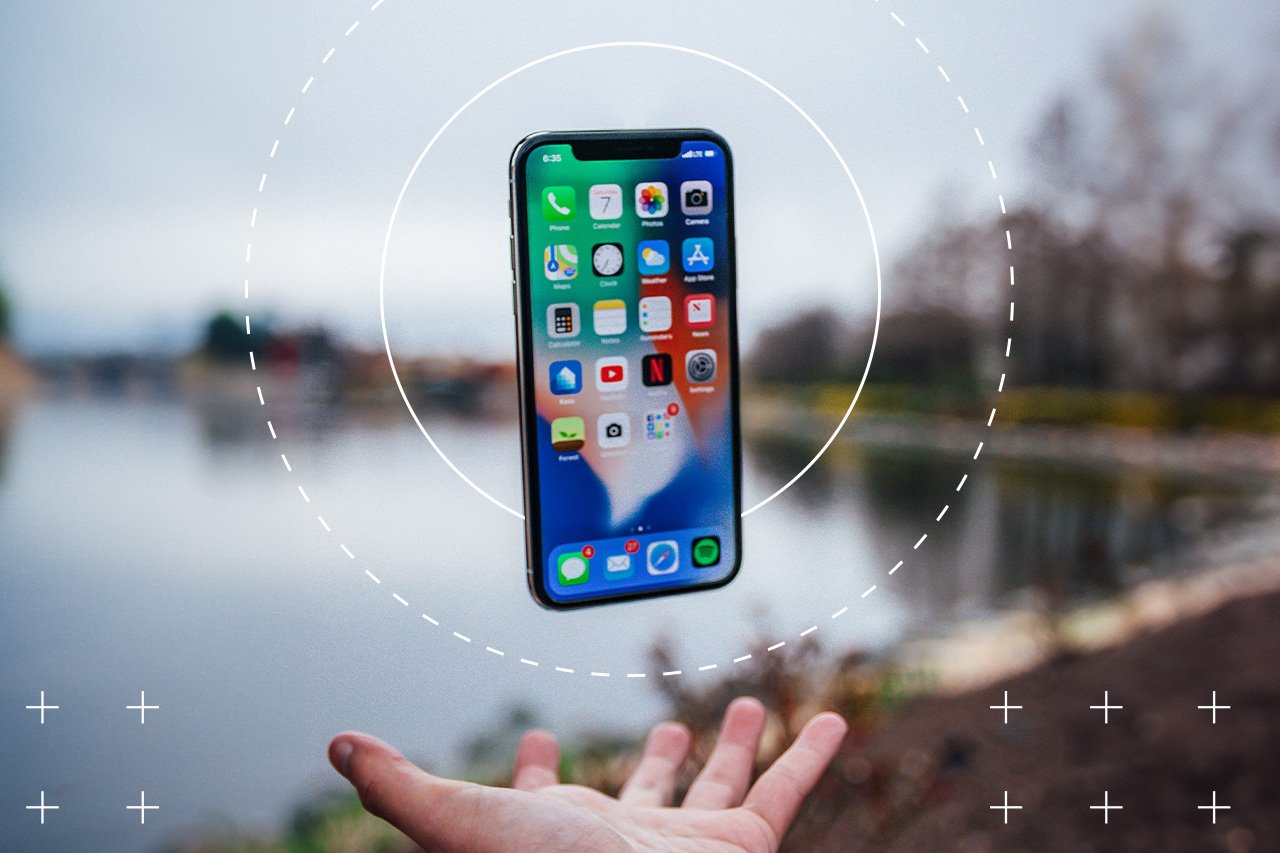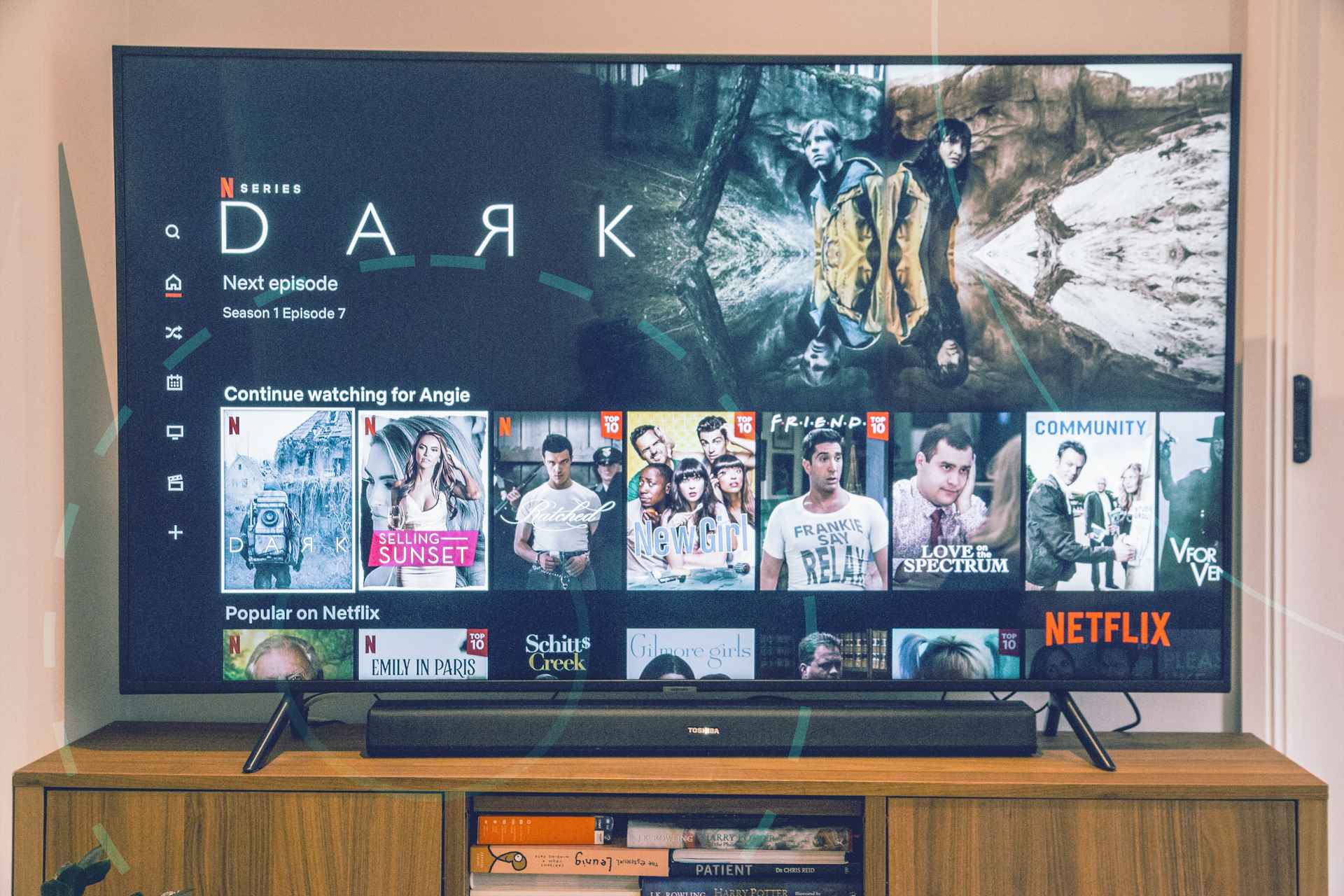Move your app advertising strategy forward
The mobile app industry experienced explosive growth over the past decade, with millions of apps available for download across various platforms. As a result, the competition for user attention, brand awareness, and user engagement in the battle for monetization is becoming increasingly fierce. A fantastic user experience for app users is vital, but first, you need to entice your target audience to download the app.
Standing out from the crowd means mobile app developers and marketers must carefully consider their advertising strategies.
In this comprehensive guide, we’ll review paid and organic advertising strategies, two different types of ad approaches, each with its own set of advantages and disadvantages. Let’s explore the strategies in-depth to help make informed decisions about how to promote your mobile app effectively.
Understanding the Mobile App Advertising Landscape
Before diving into paid and organic strategies, it's crucial to understand the broader mobile app advertising landscape. This knowledge will provide valuable context for making informed decisions.
The Rapid Growth of Mobile Apps
The mobile app ecosystem experienced exponential growth in the recent past, fueled by the widespread adoption of mobile devices like smartphones and tablets. As of Q2 2023, there are over 2.6 million apps available for download on the Google Play Store (Android) and over 2.29 million on Apple’s App Store (iOS).
These numbers will continue to rise, indicating a highly competitive environment that will drive the mobile ads industry.
Brand Awareness and App Discoverability Challenges
The availability of millions of apps means getting your platform discovered by potential users is becoming one of the biggest challenges faced by app developers and app publishers. Mobile users typically rely on app store searches, recommendations, user reviews, and rankings to discover new apps.
This underscores the importance of effective advertising strategies and placements to increase visibility.
The Role of Mobile App Advertising
Mobile app advertising includes all activities aimed at promoting apps to a target audience as part of a wider marketing and monetization strategy. The primary objectives of mobile app advertising across various ad formats include:
-
Increasing app visibility in app stores
-
Boosting conversion rates and acquiring new users
-
Engaging existing users and increasing user retention
-
Generating monetization through in-app purchases, ad revenue, or subscriptions
Paid Mobile App Advertising Strategies
Paid mobile app advertising involves committing ad spend to various ad networks (in-app ads, mobile advertising, app store, social media, etc,) to promote your app. Here, we'll explore the different paid advertising strategies and their pros and cons.
App Store Advertising
App store advertising refers to promoting your app directly within app store search results and app listings. Let’s look at the two most prominent app stores this can happen on:
Apple Search Ads
Apple Search Ads is a platform that allows you to bid on specific keywords to display your app at the top of relevant search results in Apple’s App Store. Here are the pros and cons:
Pros:
-
High visibility in real-time search results
-
Targeted advertising based on user intent
-
Access to a vast user base on iOS devices
Cons:
-
Competitive bidding can increase ad campaign costs
-
Limited to iOS devices and users

Google Ads
Google Ads allows you to run ads for your app in Google Play Store search results and on the Google Display Network. Here's a breakdown:
Pros:
-
Extensive reach across Android devices
-
Precise targeting options
-
Access to Google's machine learning for optimization
Cons:
-
Competition can drive higher advertising costs
-
Traffic quality may vary
Social Media Advertising
Social media platforms like Facebook, Instagram, Twitter, and Snapchat offer in-app advertising options for promoting mobile apps. Here's a look at the advantages and disadvantages:
Pros:
-
Precise targeting based on user demographics and interests
-
Robust ad analytics and tracking (click-through rates, CPM, cost per click (CPC), etc.)
-
Effective for app install campaigns — in-app advertising works
Cons:
-
Ad fatigue among users
-
Popular platforms are increasing ad pricing
-
Quality of installs may vary
Display Advertising
Display advertising involves placing banner ads or interstitial ads on websites and various apps. This strategy can be beneficial, but it comes with its own set of considerations:
Pros:
-
Wide reach across the mobile web
-
Cost-effective if managed well
-
Can be used for driving brand awareness and user acquisition
Cons:
-
Users may ignore display ads, or find them intrusive
-
Ad blockers can reduce visibility
-
Tracking user conversions can be challenging
Influencer Marketing
Collaborating with social media influencers or bloggers who are active in your app's niche areas is another solid strategy. Here's what you need to know:
Pros:
-
Authentic promotion by trusted figures
-
Direct access to a dedicated target audience
-
Potential for viral growth
Cons:
-
Finding the right influencers can be time-consuming and difficult
-
Pricing can vary widely
-
Results may not be consistent
Affiliate Marketing
Affiliate marketing involves partnering with individuals or companies who promote your app in exchange for a commission on successful conversions. Here are the key points:
Pros:
-
Cost-effective, as you pay for actual conversions
-
Wide network of affiliates can reach diverse audiences
-
Scalable strategy
Cons:
-
Affiliate management can be complex
-
Quality control of promotional content is essential
-
Requires a robust tracking system
Organic Mobile App Advertising Strategies
Organic mobile app advertising focuses on strategies that don't involve direct ad spend on ad campaigns. Instead, it relies on methods that naturally boost app visibility and user acquisition.
App Store Optimization (ASO)
App store optimization involves crafting your app's listing on app stores to improve its visibility in search results. Here's what you need to know:
Pros:
-
Cost-effective and sustainable
-
High-quality, organic traffic
-
Continuous improvement over time
Cons:
-
Requires ongoing effort and monitoring
-
Competition is fierce in popular categories
-
Results may take time to materialize
For a full ASO guide, check out our blog on the subject.
Content Marketing
Creating valuable and relevant content related to your app's niche can help attract and engage users. Content marketing can include rich media like blog posts, video ads and rewarded video ads, podcasts, and more. Consider these pros and cons:
Pros:
-
Builds brand authority and trust
-
Can attract a loyal user base
-
Supports long-term growth
Cons:
-
Time consuming to produce high-quality content
-
May take time to see significant results
-
Content promotion or search engine optimization (SEO) may be necessary for visibility
Social Media Engagement
Active engagement on social media platforms can help you connect with your target audience, build a community, and promote your app organically. The pros and cons:
Pros:
-
Builds a dedicated community
-
Low-to-no cost
-
Direct communication with users
Cons:
-
Managing multiple social channels is time- and labor- intensive
-
Requires consistent, engaging content
-
Organic reach may be limited on some platforms
Public Relations and App Reviews
Getting your app featured in tech blogs, app review websites, and industry publications can boost your app's credibility and visibility:
Pros:
-
Trustworthy endorsements
-
Exposure to a wider audience
-
Improves app store rankings
Cons:
-
Building relationships with influencers and journalists can take time
-
Results aren’t guaranteed
-
Maintaining a positive image is crucial
User-Generated Content (UGC)
Encouraging users to create and share content related to your app can lead to organic growth:
Pros:
-
Authentic user promotion
-
Expands your app's reach
-
Builds a sense of community
Cons:
-
Requires ongoing user engagement and incentives
-
Content quality may vary
-
Managing user-generated content can be challenging
Evaluating Your Mobile App Advertising Strategy
To determine the right ad strategy for your mobile app, you should consider various factors and conduct a thorough evaluation.
Budget Considerations
Your available budget plays a significant role in deciding between paid and organic strategies. Paid advertising requires a direct financial investment and a significant amount of market research to ensure ad spend is used wisely.
Organic search also requires an initial investment, but that comes in the form of doing the research and legwork to create engaging content that drives installs.
At a certain point, it’s a good idea to remember that you can generate some of your ad spend budget from your own in-app advertising offerings to other companies.
Target Audience and User Persona
Finding people who will gain value from your app starts with understanding your ideal users and their demographics, preferences, and behaviors. Determine where your target audience spends their time online.
App Category and Niche
It’s important to understand where your market position is. Analyze the competitive landscape within your app's category or niche and identify the unique selling points of your app and how it stands out. Use these differentiators across all ad formats to build out an effective ad campaign.
App Tracking and Analytics
Tracking the results of your ads is a massive part of ensuring your ad spend is effective. Implement analytics tools to monitor the performance of your advertising campaigns and use data to make informed decisions and optimize your strategies.
Timing and Seasonality
Always consider the timing of your app's launch, major updates, or events, and plan advertising campaigns around seasonal trends or relevant happenings.
Competitor Analysis
Keep an eye on your competitors' advertising strategies and performance so you can better identify gaps and opportunities in the market.
Moving Mobile Forward
We want to make it clear that this blog isn’t exhaustive. Leveraging various mobile ad networks (like AdMob) and different in-app ad formats like native ads, mobile game-based rewarded video ads, playable ads with rich media, and more can help build stronger advertising campaigns for developers to leverage, from cooking and travel apps to gaming apps and more.
Ultimately, the decision to prioritize organic or paid advertising should depend on your specific circumstances, goals, and resources. A combination of both methods may yield the best results, with paid advertising driving initial user acquisition and organic methods sustaining growth over time. Regular monitoring and adaptation are essential to maintaining a successful mobile app advertising strategy.






